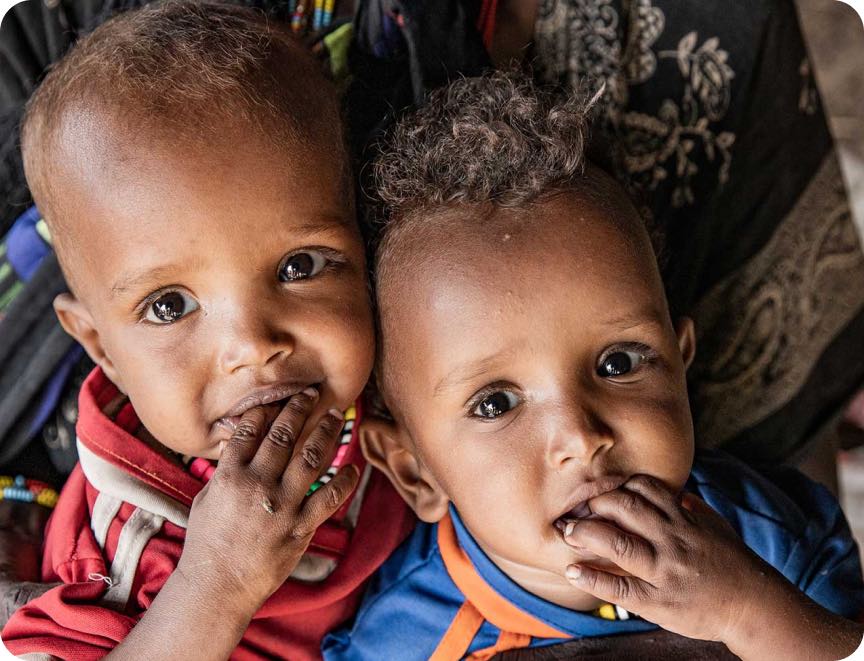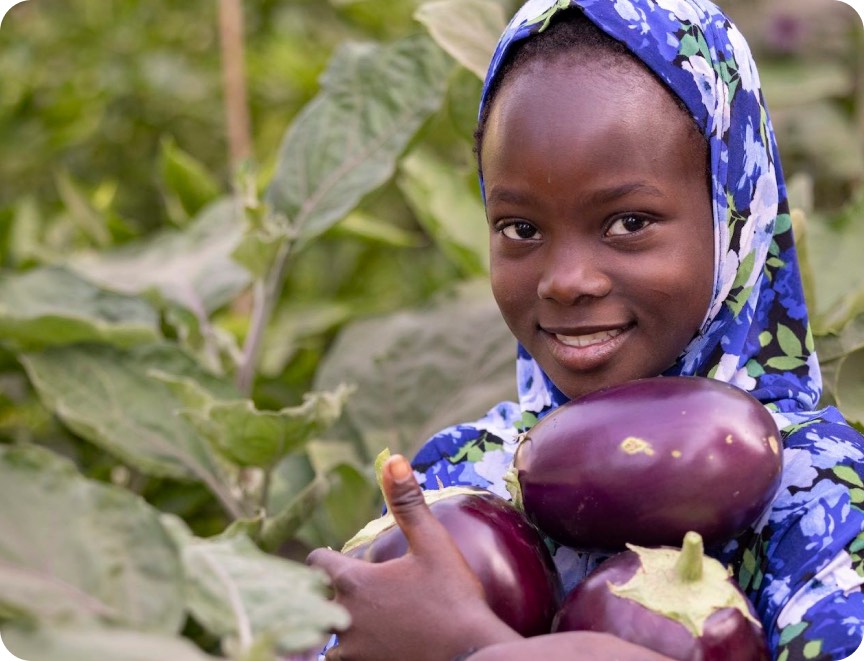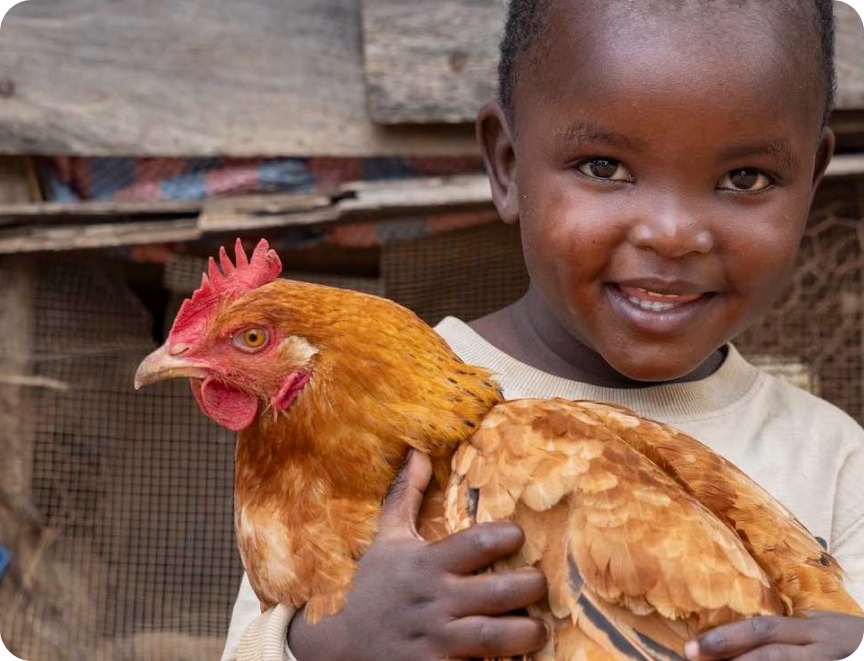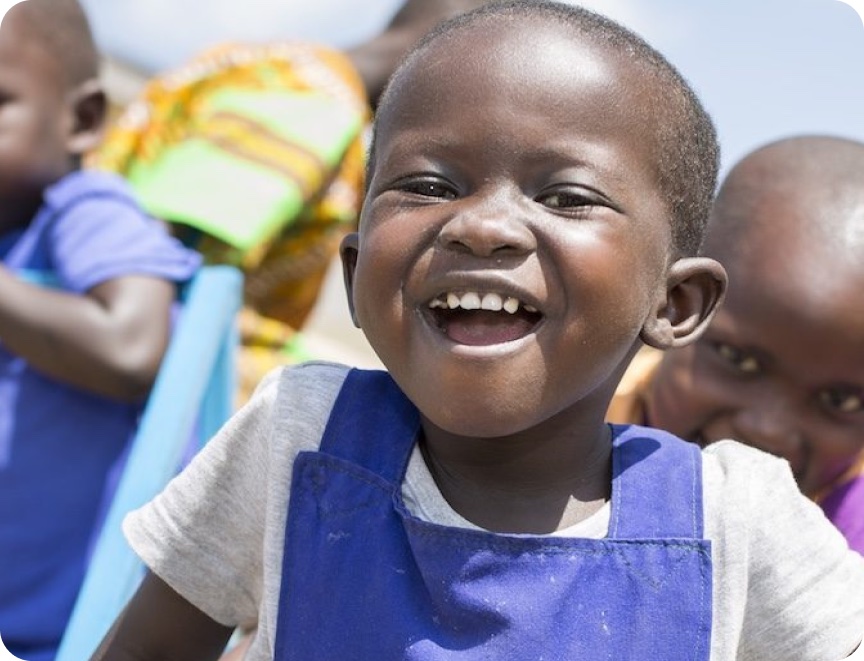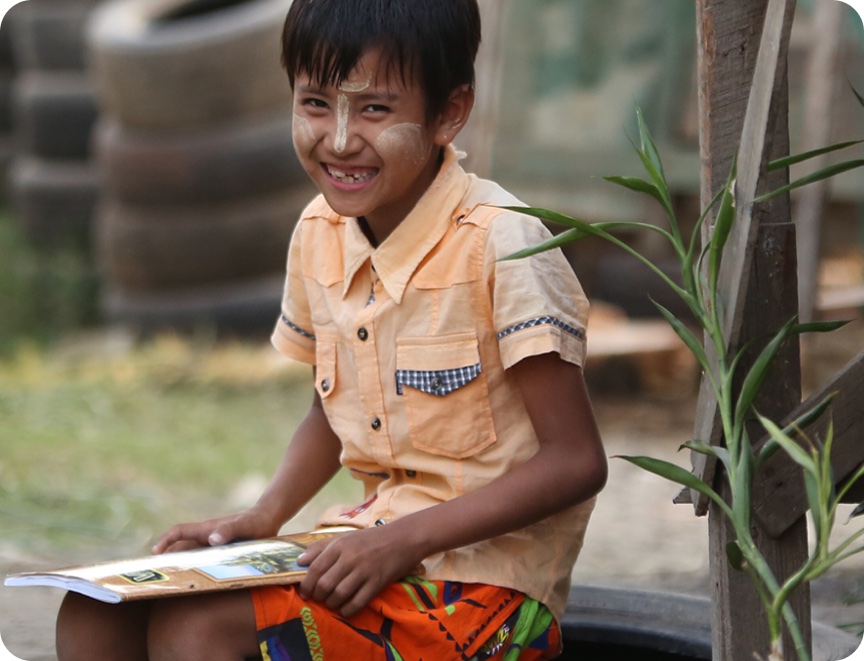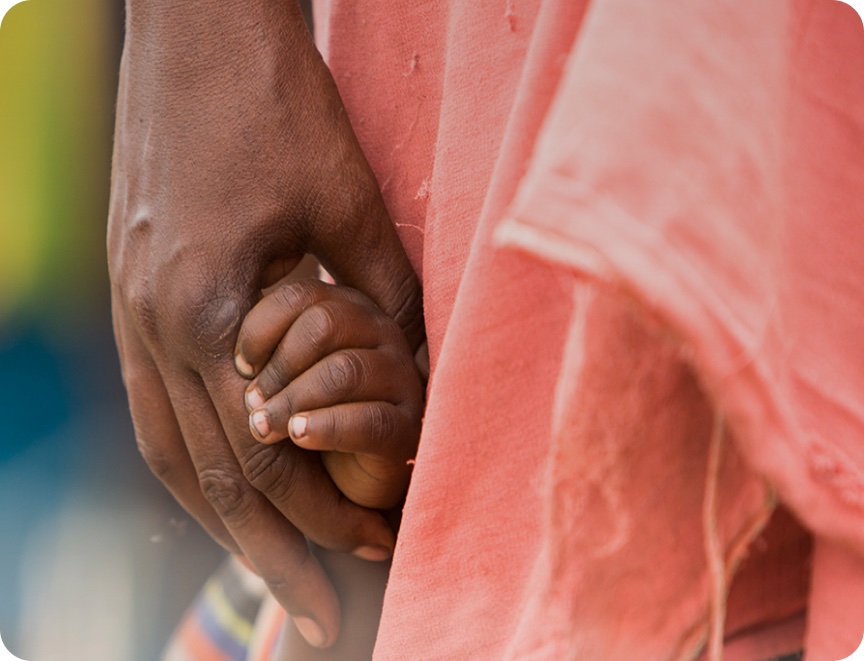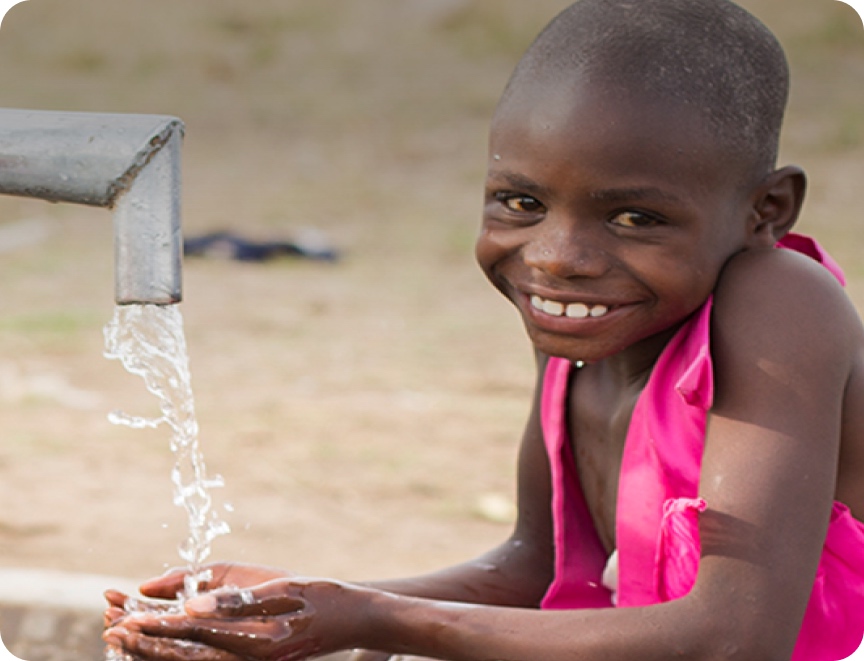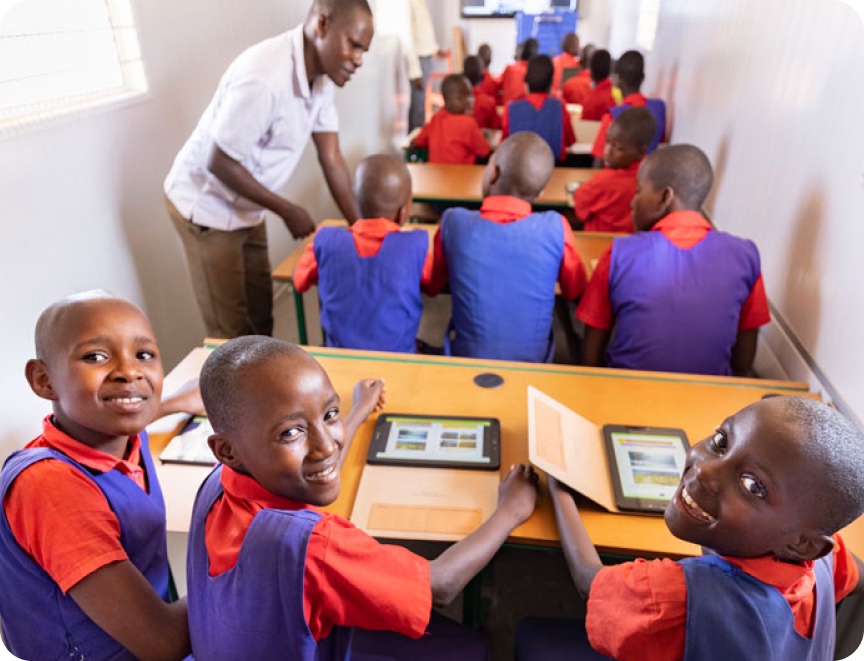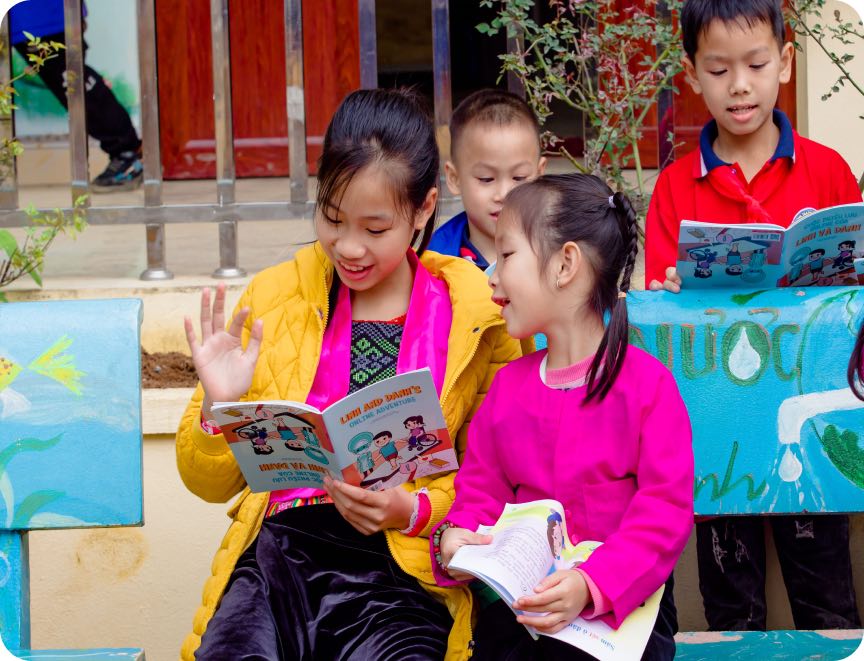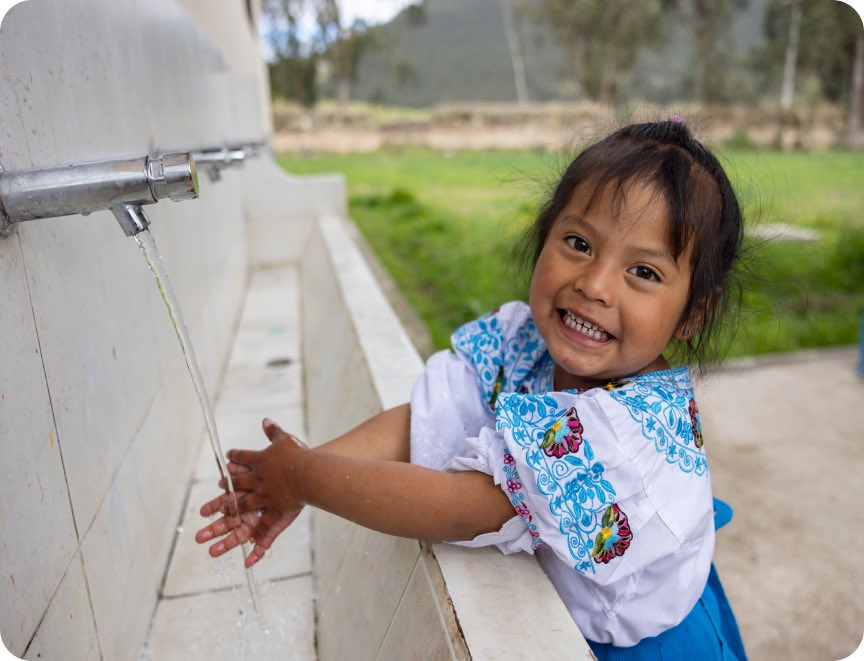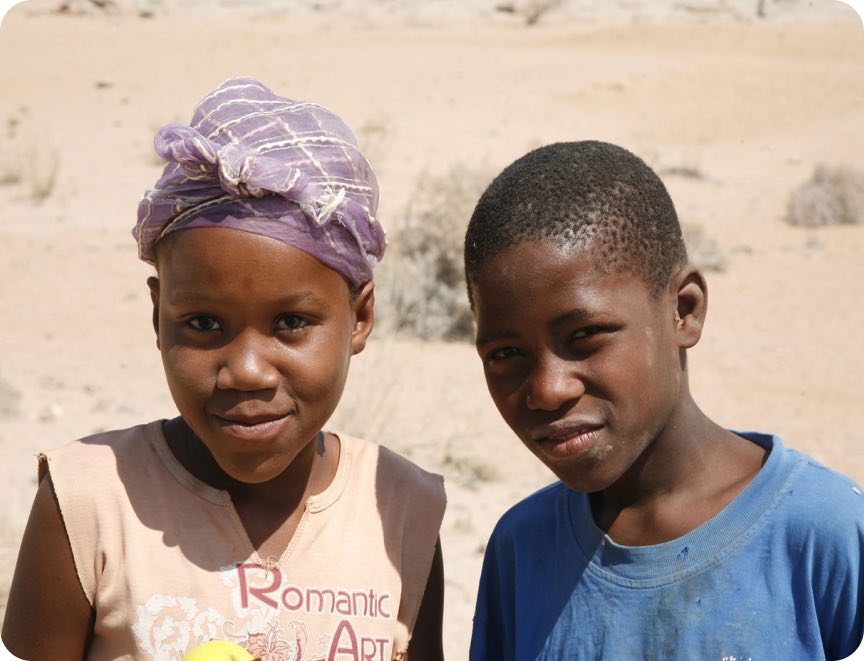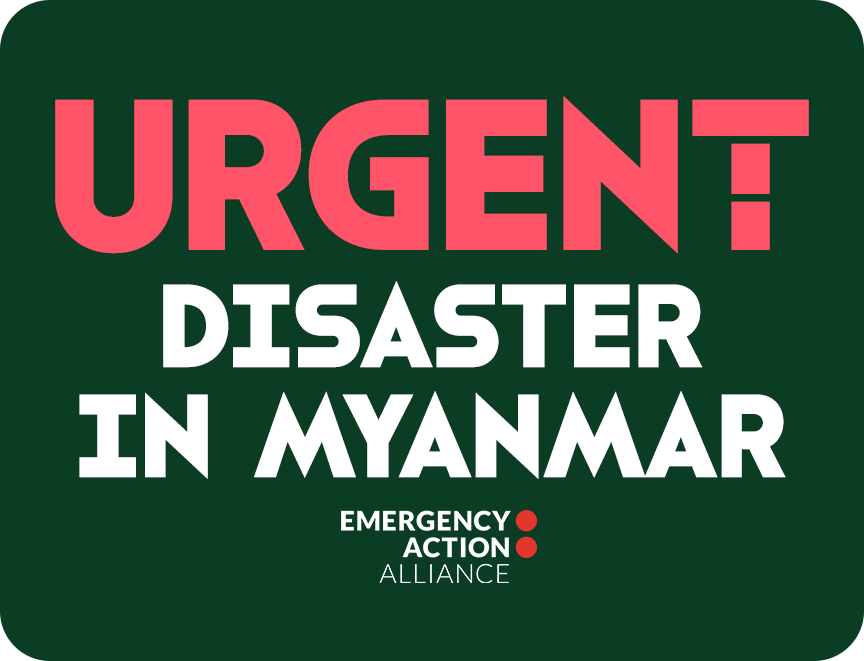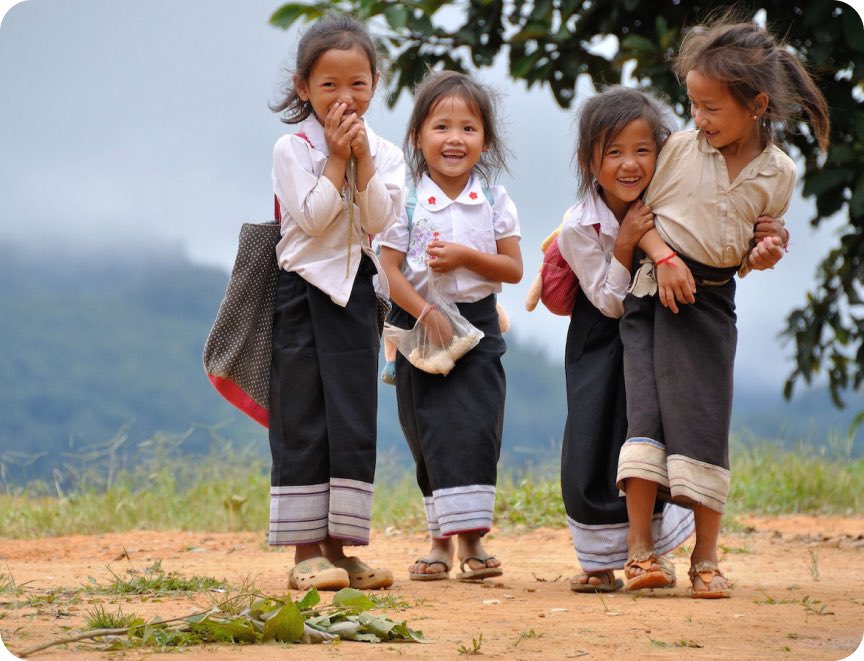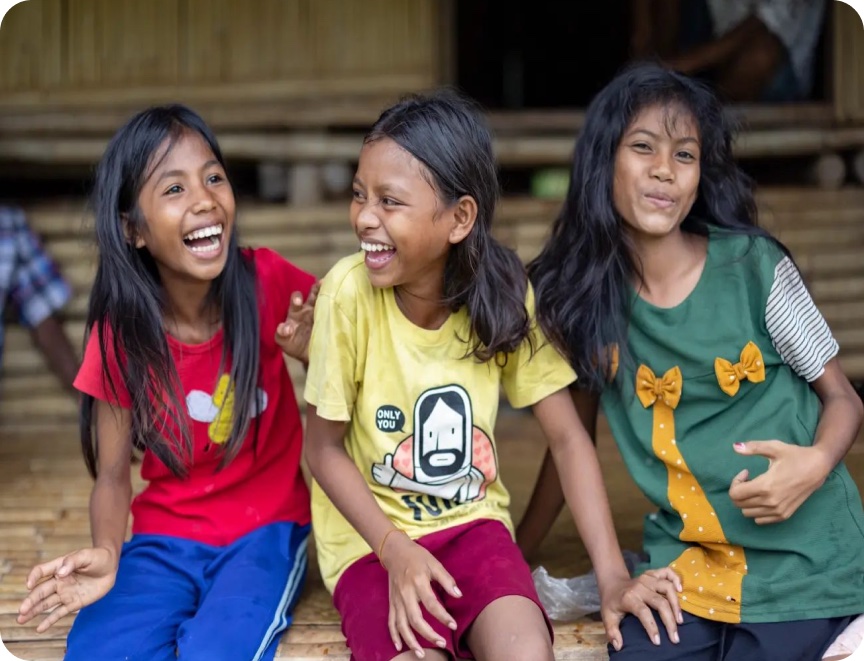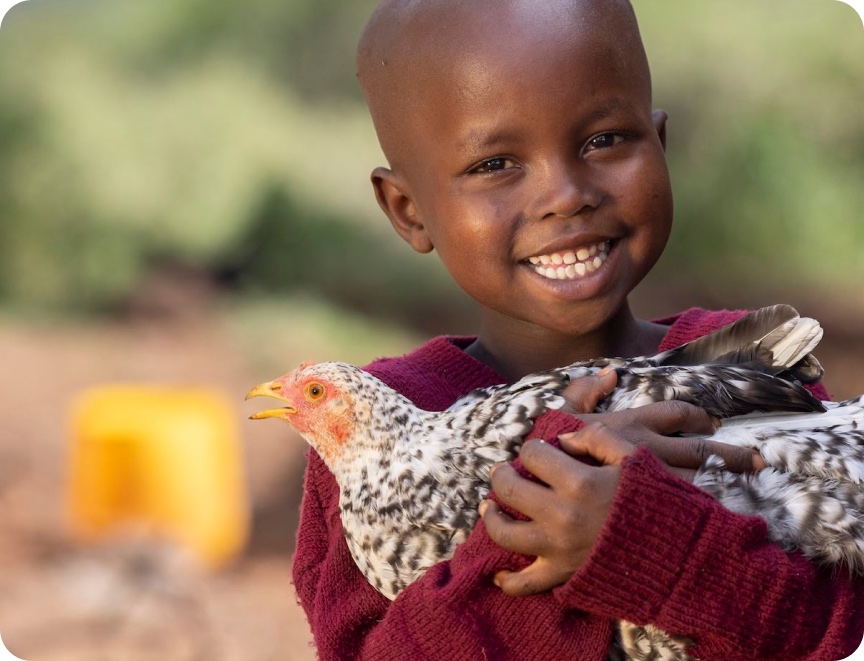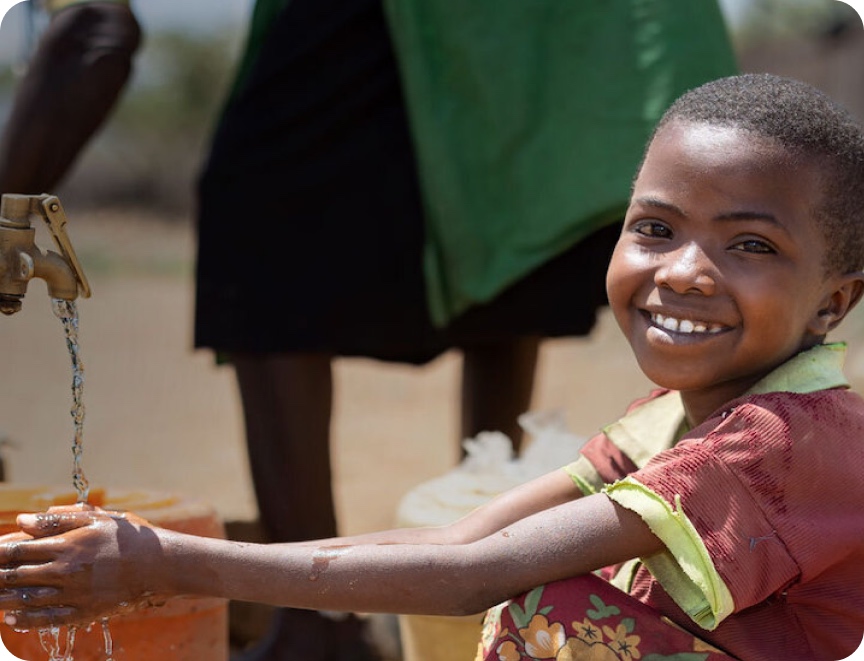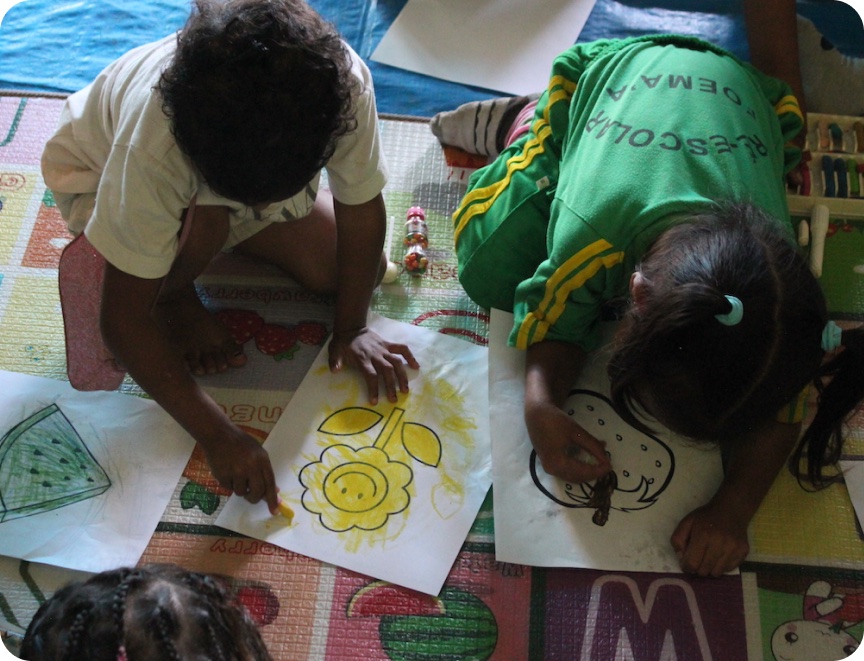ChildFund Australia CEO Nigel Spence will join other leading experts in child rights at a conference in Canberra this week to discuss one of the greatest issues facing the developing world: the dramatic increase in the youth population, or the “youth bulge”.
In direct contrast to Australia and Europe, developing countries such as Timor-Leste or Cambodia have nearly 50 per cent of their population under the age of 25. In fact, there are 1.2 billion 15 to 24 year olds in the world, and 1 billion of them live in developing countries.
A high youth population presents a unique set of challenges for governments in many developing countries, as well as the global labour market. Linked with high levels of unemployment, frustration and political instability and violence, the looming youth bulge is often couched in negative terms, but it can also provide an enormous opportunity for positive change.
Mr Spence says: “When youth unemployment levels are high, this predisposes young people to risky behaviour and puts them at risk of early marriage, child labour, school drop-out and teen pregnancy. So the social and economic ramifications of the youth bulge are significant.
“But if we focus on what youth can contribute to their communities, their numbers become one of our biggest assets. It is imperative that we engage children and young people in development work to ensure they are given a voice and opportunities to thrive.”
ChildFund Australia works directly with young people across many developing countries. For example, in rural Cambodia, where many young people are forced to migrate to urban centres in search of work, ChildFund has been implementing a Youth for Development program, providing vocational training as well as leadership, life skills and business training.
For Phalla (pictured above), now 24, this has enabled her to earn a living in her own community, having previously migrated twice. First, to work alongside her father in construction and a second time as an unskilled labourer in a garment factory. After joining ChildFund’s youth program, Phalla chose sewing as her training course, and eventually, she and five other trainees established their own tailor shops. “In the past, I usually followed others without having a clear goal. Now I have a specific livelihood that allows me to stay in the community with my family,”she says.
Phalla now generates a second income by raising chickens and ducks at home. Because of her commitment, Phalla has also been selected to be a community resource trainer, so that she can pass on her knowledge and skills to younger people in her community.
It is stories like Phalla’s that will inspire discussions at the “Reframing the Youth Bulge: From Problem to Solution” conference, a collaboration between the ACFID Child Rights Working Group led by Baptist World Aid Australia, ChildFund Australia, Plan International Australia and Save the Children and the Children’s Policy Centre at Crawford School of Public Policy, ANU. The conference brings together practitioners, young people and academics from across Australia to explore youth-related development issues in a collaborative environment.
Event details:
Reframing the Youth Bulge: From Problem to Solution
Friday May 3, 8:30am-5:30pm
Springbank Room, Level 1, JG Crawford Building
132 Lennox Crossing, Australian National University


